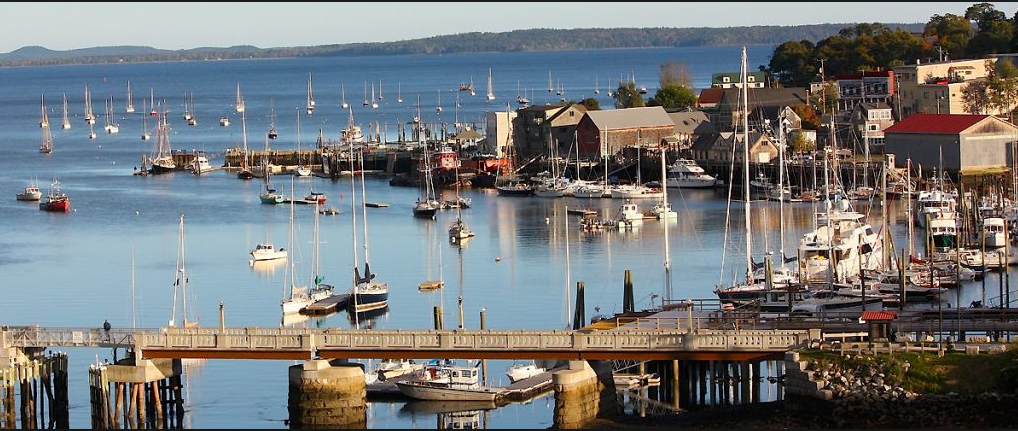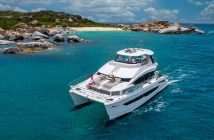Once a major shipbuilding and commercial fishing center that fell on hard times, Belfast, Maine, is enjoying a revival that makes it an attractive cruising destination this summer if you’re heading Down East. Way up Penobscot Bay, Belfast seems a bit off the beaten track, but it’s well worth the detour. For one thing, the newly invigorated waterfront, centering around a public Harbor Walk and the thriving Front Street Shipyard, is worth a visit in itself. For another, because of its location, Belfast often gets less summer fog than many other Maine ports.
Belfast dates to 1630, when it was the home of a lucrative trading post, specializing in furs from the Abenaki tribe. It was officially settled as a town in 1770, but the British burned it in 1779 during the Revolution. The town rebuilt, but the Brits occupied it again for five days during the War of 1812.
Drawing on Maine’s abundant supply of trees (Bangor, about 50 miles inland, was the lumber capital of North America during the 19thCentury), Belfast thrived as a shipbuilding center, producing large wooden schooners. Many of the Federal, Greek Revival and Victorian homes built by prosperous shipbuilders and ship captains then still stand today. The town later became a commercial fishing center, but it fell on hard times after the Second World War.
MBNA, the large credit card company, started an economic revival when it opened a center in Belfast in the early ‘90s, and French & Webb, builders and restorers of classic wooden boats, started business along the harbor in 1996. But the major boost came when Front Street Shipyard opened in 2011, at first catering to the megayacht business (it has one of the largest TraveLifts on the East Coast), but now offering building and repair services to all kinds of boats. Front Street also has transient slips and moorings for boats up to 150 feet.
The town itself, still small with only 6,600 people, invested in an attractive public Harbor Walk, encircling the harbor; the big municipal pier is in the middle and it passes by Front Street Shipyard. A short walk up the hill leads to the usual antique and art stores and restaurants ranging from fine fusion cuisine to diners. Belfast has become something of a small arts center; you’ll probably pass half a dozen painters working outdoors during the summer.
On your boat, you’ll know you’ve come to a unique spot when you enter the harbor and pass four faces carved into some largely submerged pilings. They are the Belfast “Muses,” a tribute to the city that never gave up.
Here’s a great story about Belfast’s revival from New England Boating:




